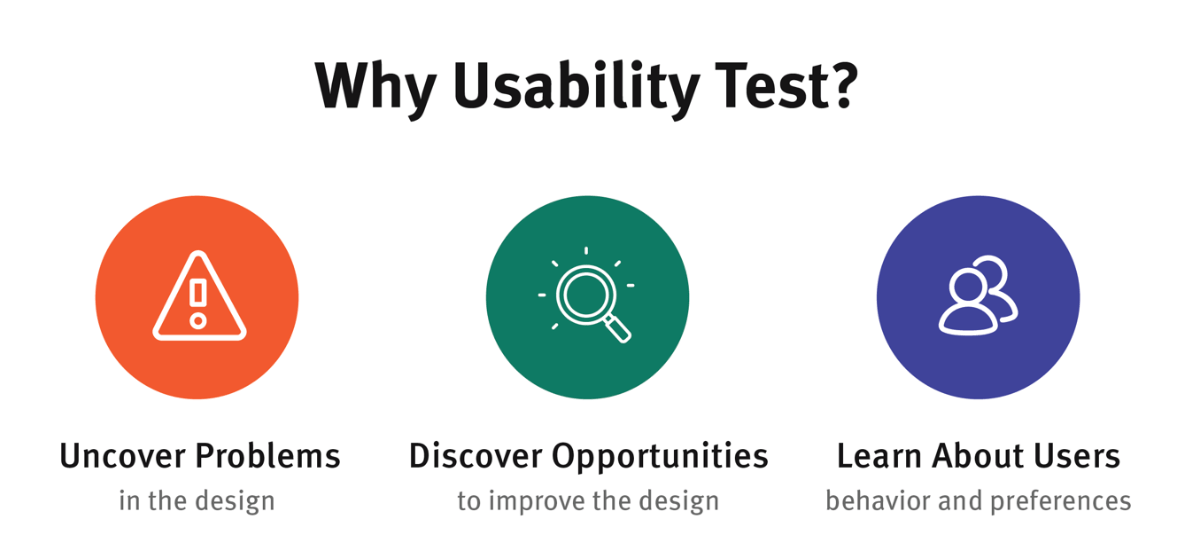A few months ago the growth team at Wishpond was having trouble reaching our KPIs for free trial sign-ups and set ourselves on a path to find a solution.
We had been actively optimizing our blog popups for a while – trying new copy, different colors, designs, images, etc. But as the month came to a close, the ROI from our optimization efforts began to plateau, and our goal seemed light years away.
We needed something new that would command attention and create a reaction from our visitors. So we scoured the internet for inspiration and came up with the idea of using a welcome mat.
This post will not, however, be about the reasons you should be using a welcome mat, but rather why you should be taking risks if you’re not satisfied with the moderate results you’re getting from your A/B tests.
Split testing will only take you so far
“Insanity is doing the same thing over and over again and expecting different results.” – Something Einstein may or may not have said.
By creating valuable blog content that our audience enjoyed reading, many of our readers were converting on our article-relevant popups.
As the months passed and the A/B tests continued, the results we were seeing began to dip.
The heat map data on CrazyEgg showed that, though views on our popups hadn’t gone down, more and more people were moving past our CTAs (likely because scroll popups had become far more popular on other business blogs and banner blindness was coming into play.)
The team convened and set out in search of a new solution to our problem. What we arrived on was a welcome mat.
After implementation we immediately saw a significant result: signups from the blog increased by 68% with a 90% statistical significance.

Why did we see such a large increase in signups?
Firstly, it was easy to recognize that if we continued optimizing our popups, we wouldn’t have reached our KPI. The marginal ROI we were getting from our A/B tests were no longer giving us the improvements we needed.
Regular visitors to our blog began to ignore the popup and became desensitized to our efforts.
Secondly, it was because we collectively decided to stop spending time on low-impact tests and shifted over to something more earth-shattering.
This is not to say that to reach your monthly KPIs you just have to find a new tool. It is more about having to say as a team, “We’ve sweated enough of the small stuff. Let’s start swinging for the fences.”
People are increasingly desensitized online.
It’s well known that the way we interact online has changed in the past couple years. The sheer quantity of content online has changed the way we consume it.
It literally takes three to eight seconds for a visitor to decide whether or not the content on your page is what they’re looking for. That’s barely enough time for them to see anything at all.
Before the welcome mat, we only used a scroll popup on our blog. That means that after a reader had scrolled down 50% of an article the popup would display and they would hopefully convert.

The fact that 80% of people don’t even read past the headline meant that most people weren’t even sticking around long enough to see the popup.
If we had continued to optimize our popups, we would have been throwing time into a black hole. So we asked ourselves these questions:
- Where are we losing visitors?
- What are some touch points we are missing out on?
- What areas of our inbound funnel are lacking attention?
The welcome mat, on the other hand, displayed immediately. Meaning, we were able to garner around 75% more impressions than before.
Are you running A/B test after A/B test but struggling to deliver bottom-line changing results?
Seth Godin said in Purple Cow, on the topic of being remarkable, that, “You can’t know if your Purple Cow is guaranteed to work. You can’t know if it’s remarkable enough or too risky. That’s the point. It’s the very unpredictability of the outcome that makes it work. The lesson is simple – boring always leads to failure.”
The first version of our welcome mat:

Once we saw the statistical significance of implementing the welcome mat we were excited, but not satisfied. We stuck with the “swing for the fences” mentality and, rather than just changing the color of our model’s shirt or the CTA copy (tests we would have made previously), we did something else…
The redesign of our welcome mat:

The 3-step process, which informs the visitor knew what to expect in regards to signing up, improved conversion rates by 82%.

The redesign and added 3-step process icons increased our conversions even further!
This parlayed into adding the 3-step icon process to other pages on our website. Without the process we went through with our welcome mat we would not have discovered other high value additions like this.
I realize now that this is why big brands go through massive branding overhauls every few years to keep their audience excited and on their toes. Big brands continue to evolve and experiment, so that they can give their consumers what they need and not what they think they want.
Putting all this in action
Optimizing your website for maximum conversions is without a doubt a requirement. If you are aiming to maximize the efficiency of your conversion process, then the only way to do it is through thorough A/B testing.
But if you’re in need of a high impact strategy to meet your KPIs, then something big must be done. Our team at Wishpond has spent countless hours optimizing our website for conversions and we realized at some point that, when results begin to plateau, it’s time for change.
To see real needle-moving changes, there must be an element of risk. This is due to the diminishing ROI on A/B tests, the desensitization of users online, and the need for an element of risk in a marketing strategy.
Don’t be afraid to gamble if you want to see huge growth.
If you are looking to A/B test some big changes to your website you could try..
- Reordering your conversion funnel.
- Using a new tool or a competing tool to see if your results differ.
- A complete visual overhaul or redesign of your website.
- Changing your website’s copy and communication (add humor, brevity, sprightliness, etc.).
- Changing the user registration process (register with Google, Facebook, Twitter).
Look at the plateaus in your marketing strategy and come up with something new. It could be a new tool or an entirely new strategy. Either way, a “swing for the fences” initiative might be just the thing to take you in a new direction and open up entirely new opportunities to optimize your marketing strategy.
About the Author: Jordan Lore is a Content Marketer at Wishpond in Vancouver, BC. Wishpond makes it easy for marketers to run lead generation and marketing automation campaigns, all in one place. When he’s not writing he has a camera attached to his arm. Follow him on his budding Twitter account @jordanlore6.














